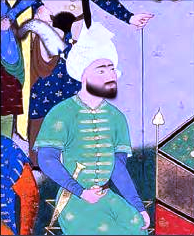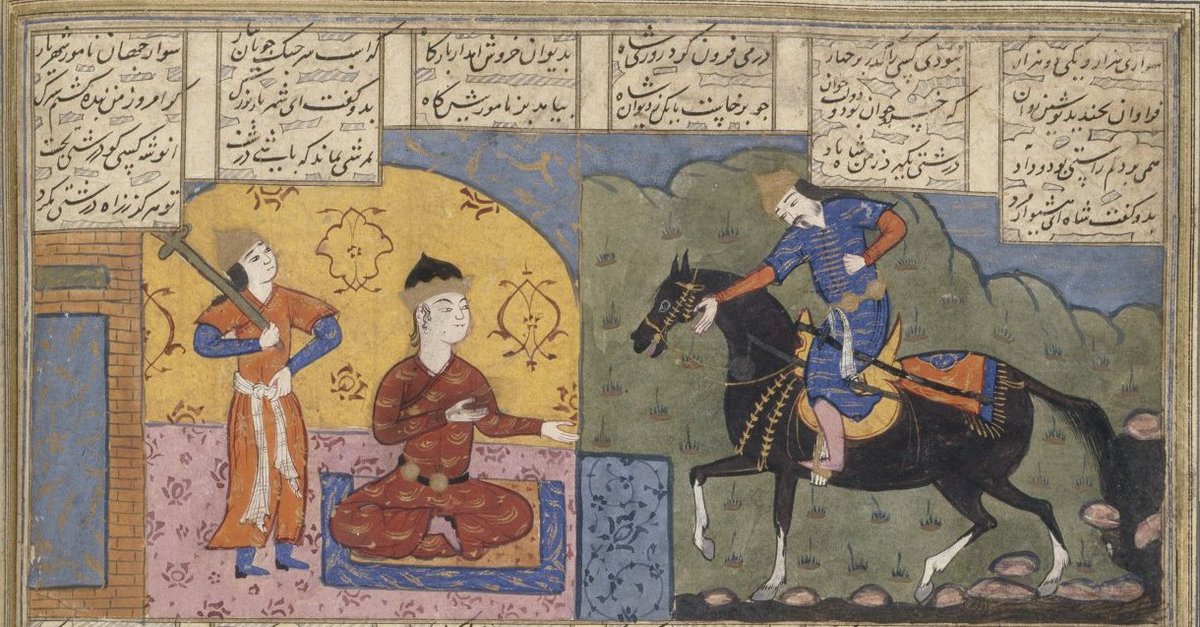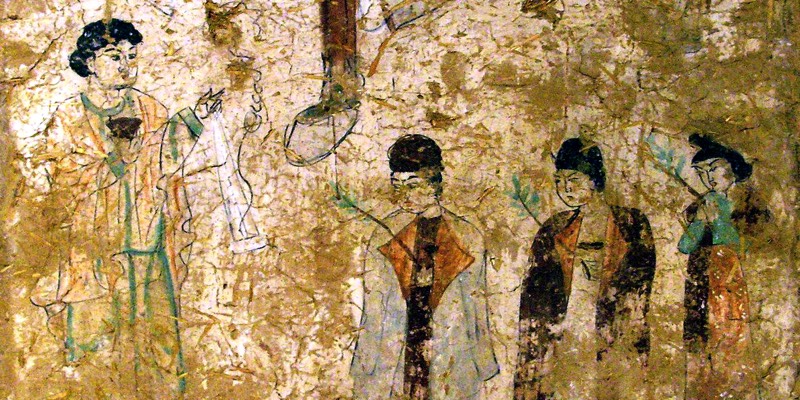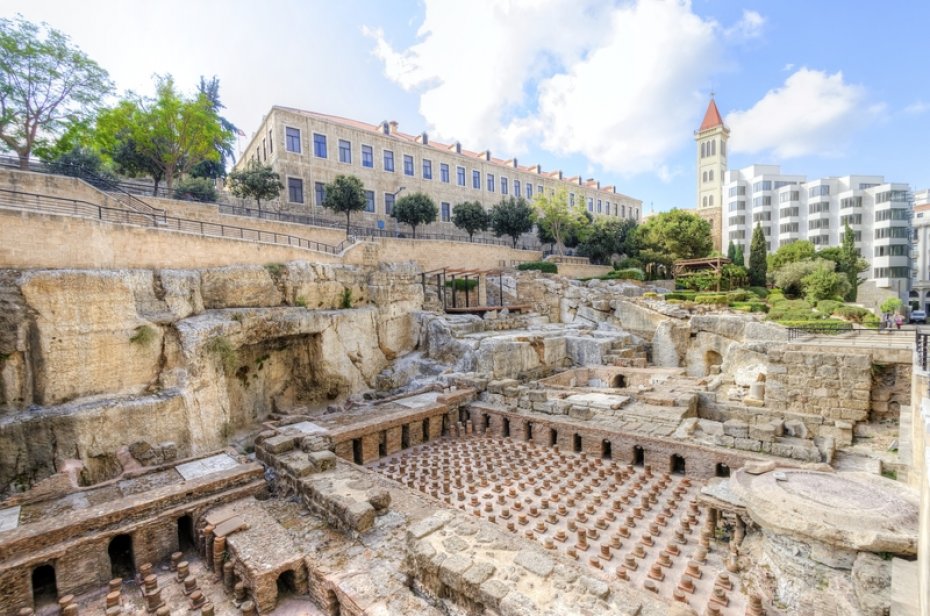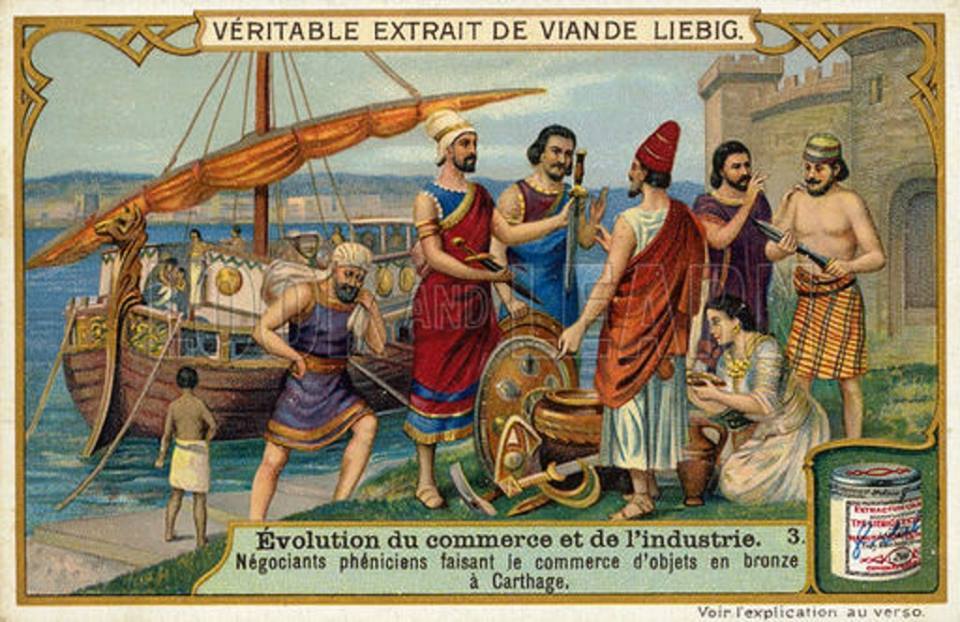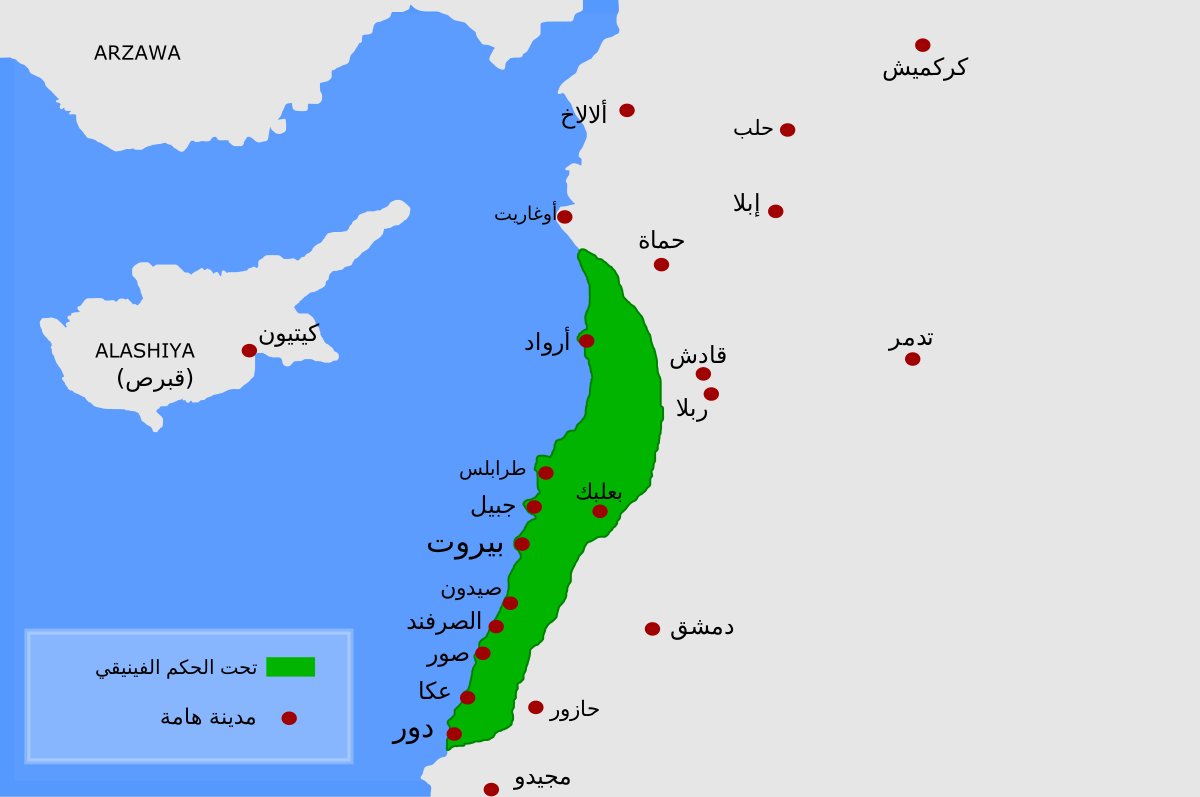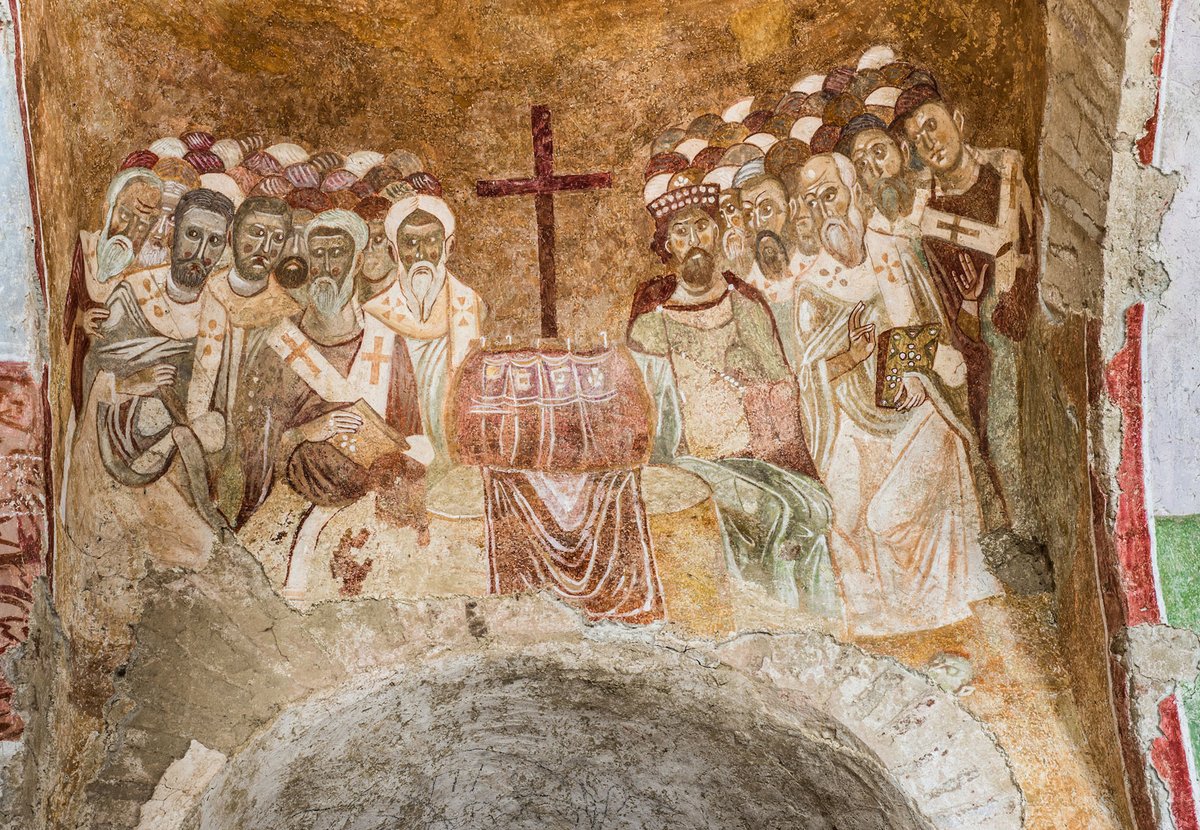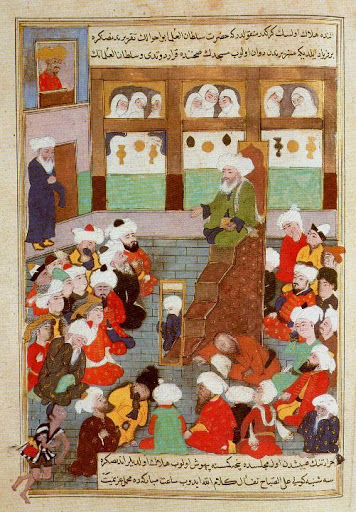
#HappyValentines
How did the Romans and Arabs of late antiquity settle their conflict? With a Love Story!
The 1st Arab-Roman marriage in recorded history saved the empire & birthed Christian Arabia. It's also a lesson in Diversity going back almost two millenia
Check it out!


How did the Romans and Arabs of late antiquity settle their conflict? With a Love Story!
The 1st Arab-Roman marriage in recorded history saved the empire & birthed Christian Arabia. It's also a lesson in Diversity going back almost two millenia
Check it out!



After beating the Roman-Byzantines on the battlefield. The defender of Arabia—Queen Mavia (d. 425; Mawiyah bt. ‘Afzar, malikat al-‘arab)—enacted a peace agreement with Emperor Valens (d. 378). She was now bound to Constantinople by peace treaty (Cf. Lat. foedus). 

The Queen dispatched her Tanukhid military auxiliaries to fight the Goths in Thrace. But she first gave her daughter, Chasidat, in marriage to a Roman officer named Victor. 

We know nothing about Arab princess Chasidat. Although her name is said to be derived from the Syriac name hasidta, referring to Mary “full of grace.” Cf. Heb. hesed, Lat. gratia plena. Her name demonstrates the normative custom of Christian Arabs adopting Syriac names. 

Chasidat’s marriage to Victor, and Mavia’s alliance with Valens, built genuine bridges between Roman Byzantines on the one hand and the Arab foederati, on the other. Chasidat was believed to be a warrior and martyr of Mavia’s revolt. 

After her marriage to her Roman husband, she is believed to have become a Roman citizen, which is why Victor erected a martyrium to his beloved wife in Anasartha (Khanasir), i.e. within Roman lands. 

And so peace between Byzantium and its Arab foederati—lasting some three centuries—was sealed by the first marriage ever attested in history between an Arab woman and a Roman man. 

How did interracial love and political alliance birth an “Arab church?” Stay tuned for my upcoming book on female power and male prophecy in late antique Arabia!
(pardon errors, feedback welcome)
(pardon errors, feedback welcome)

• • •
Missing some Tweet in this thread? You can try to
force a refresh










